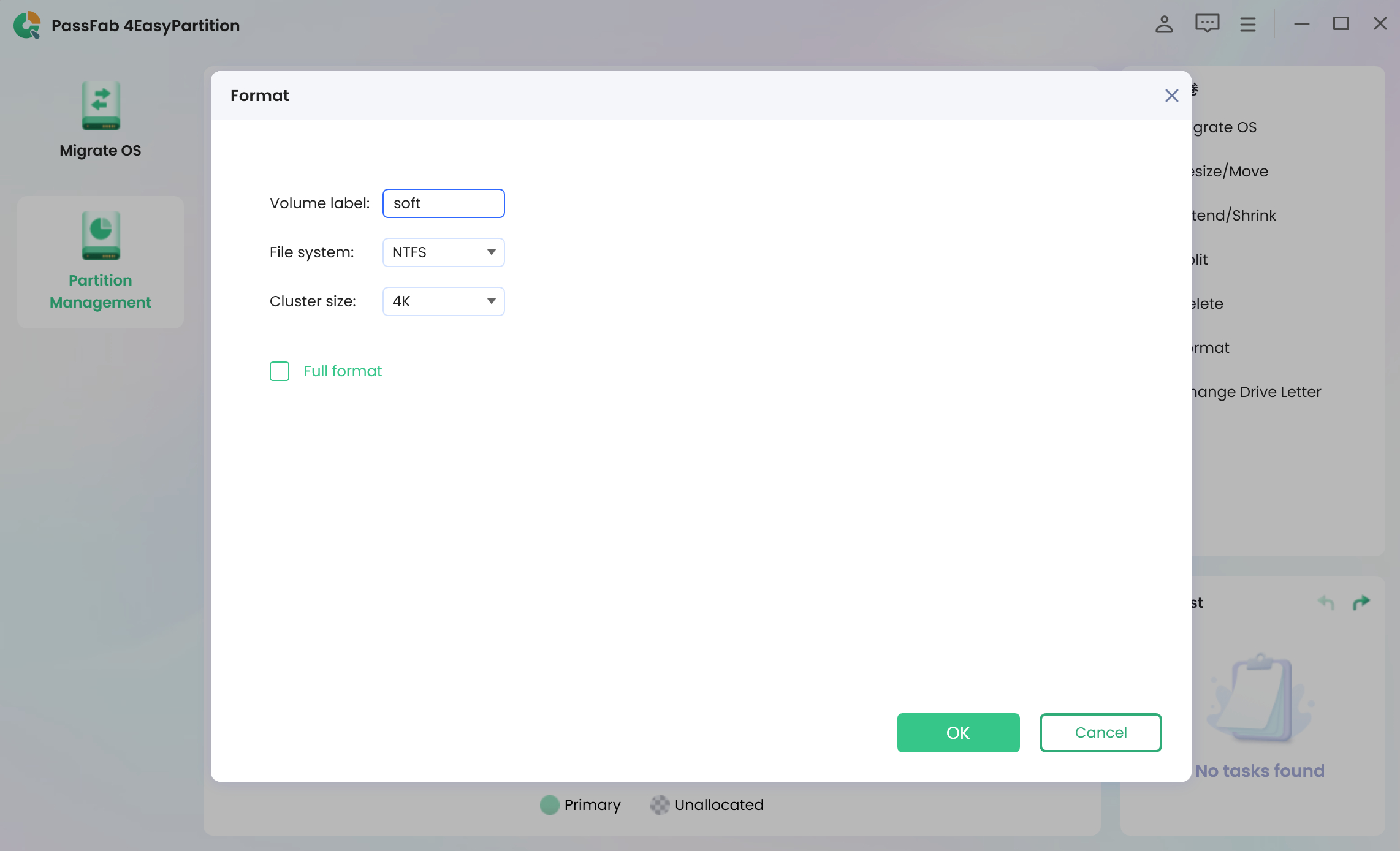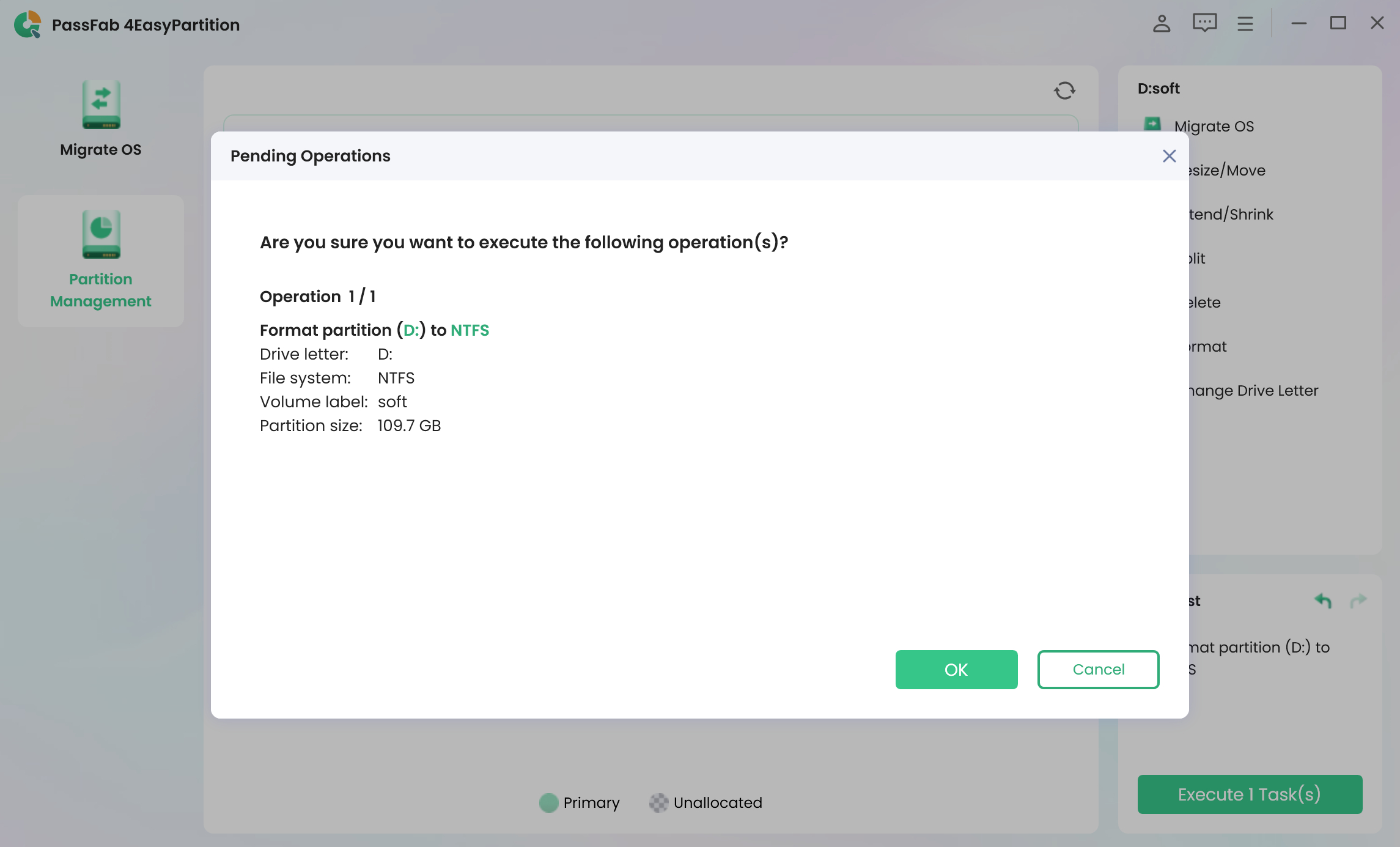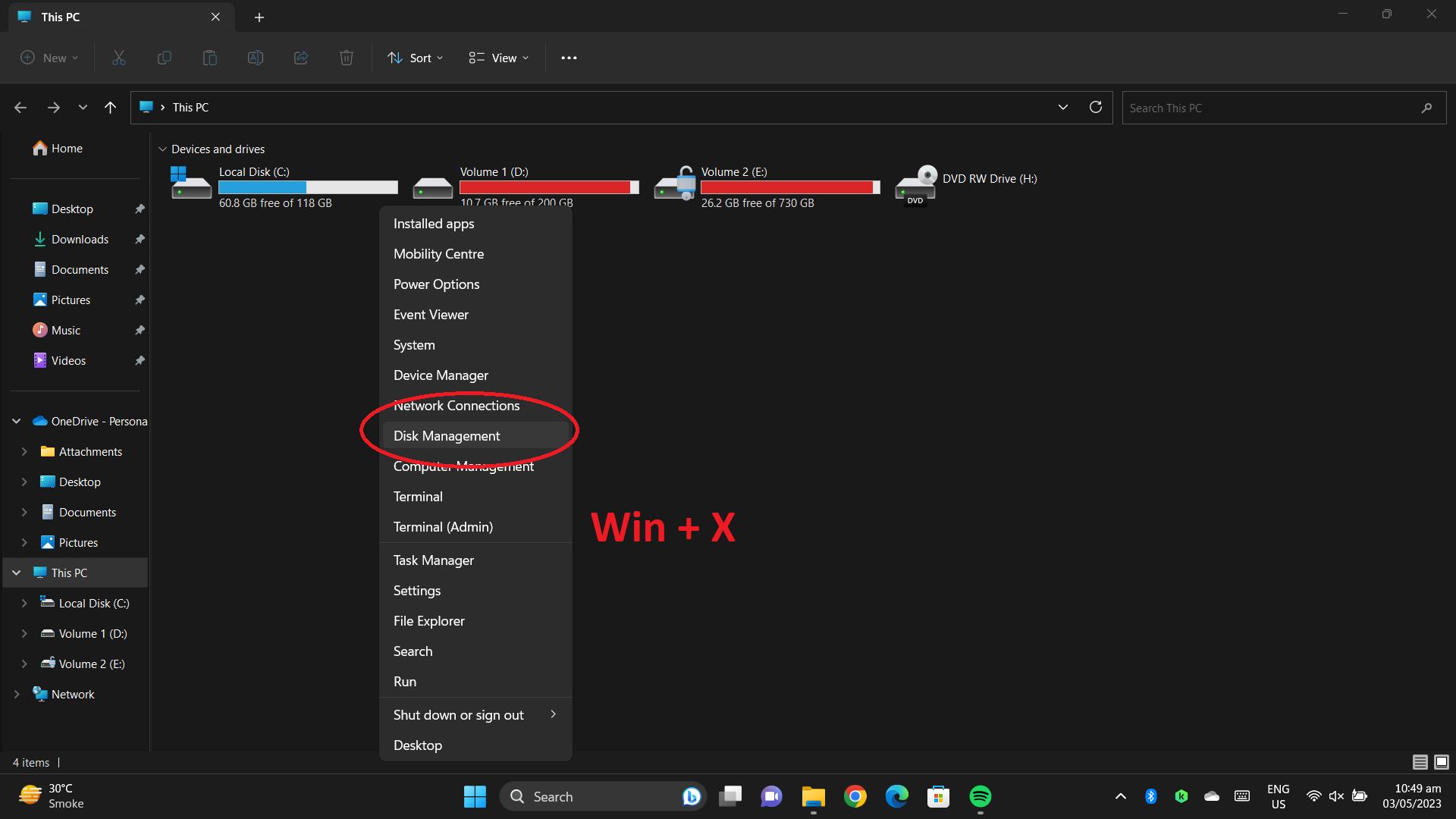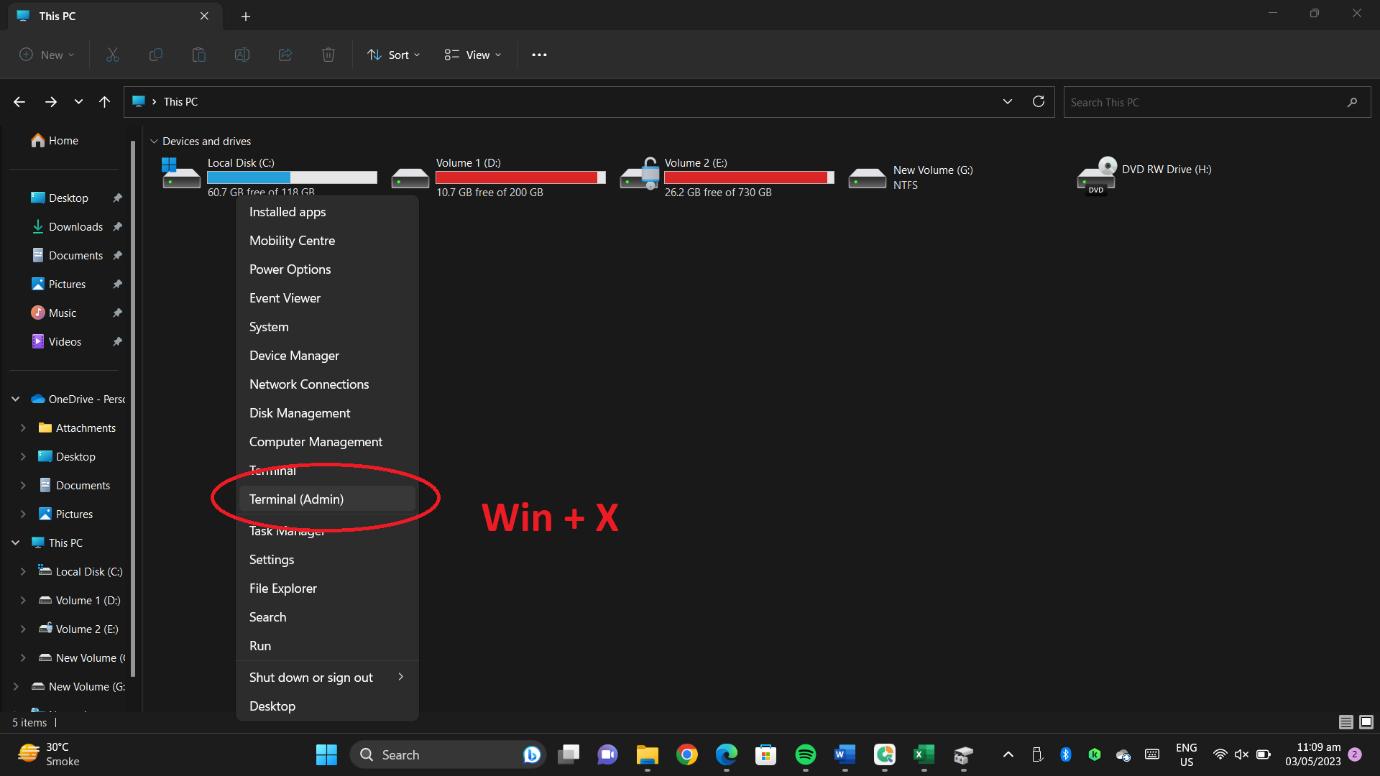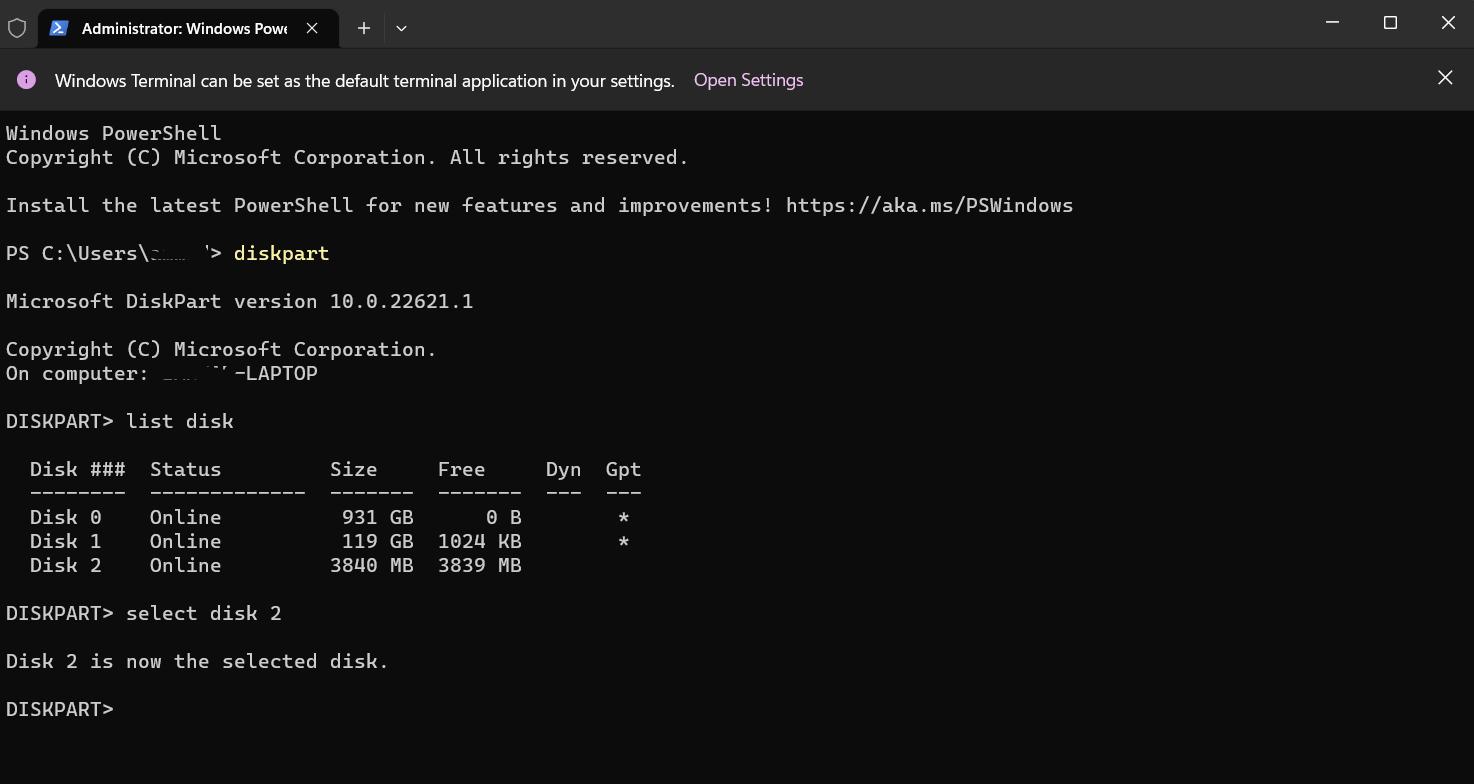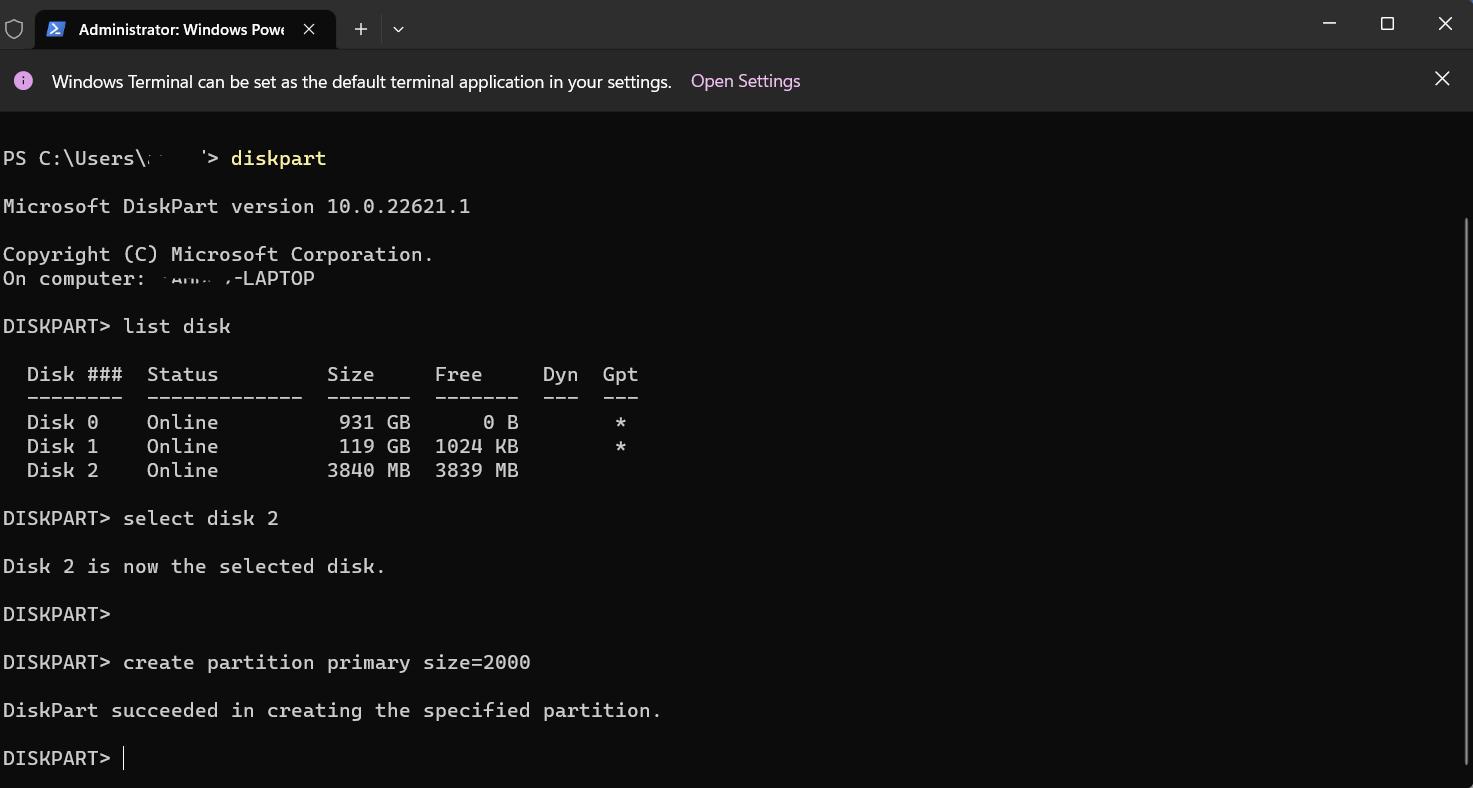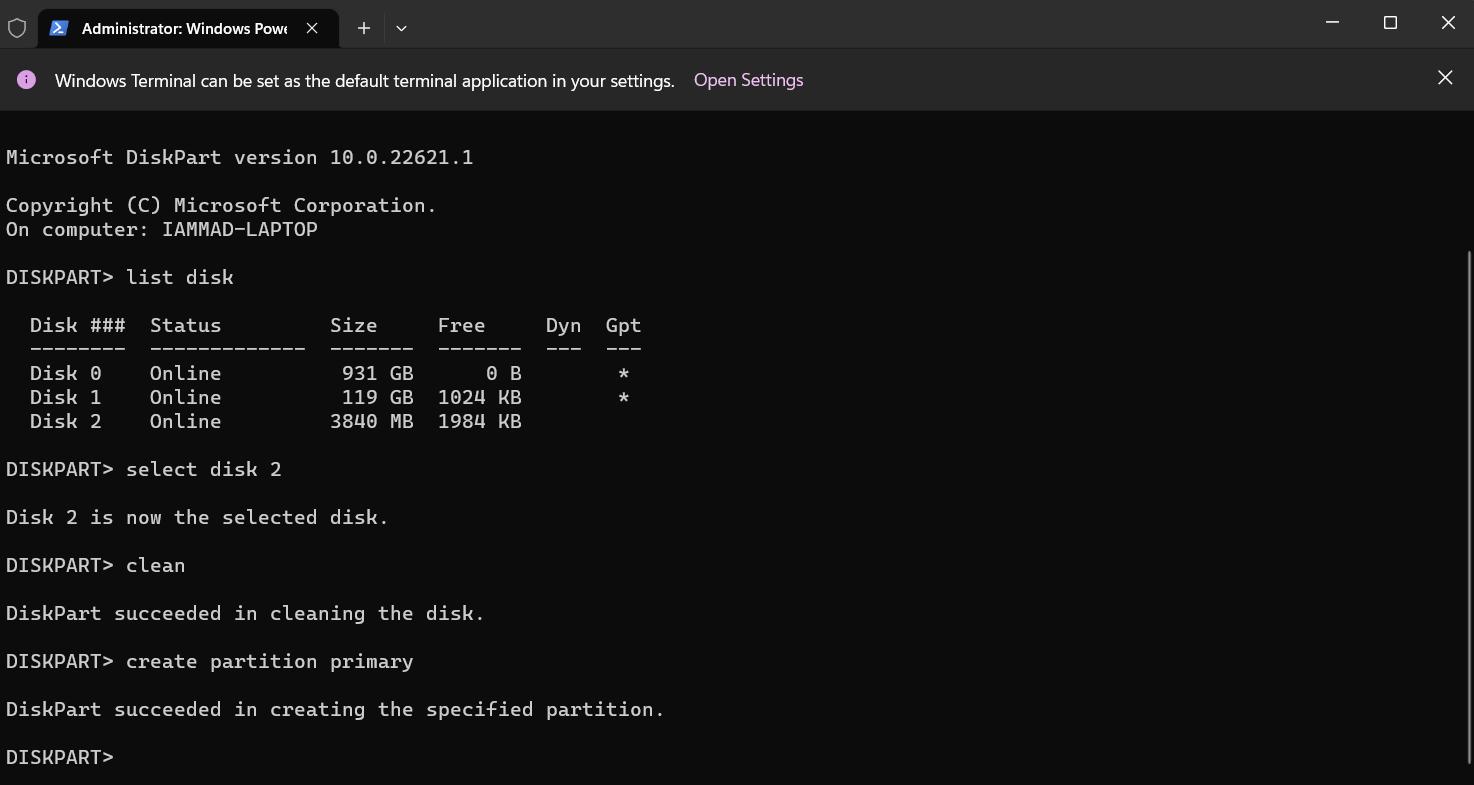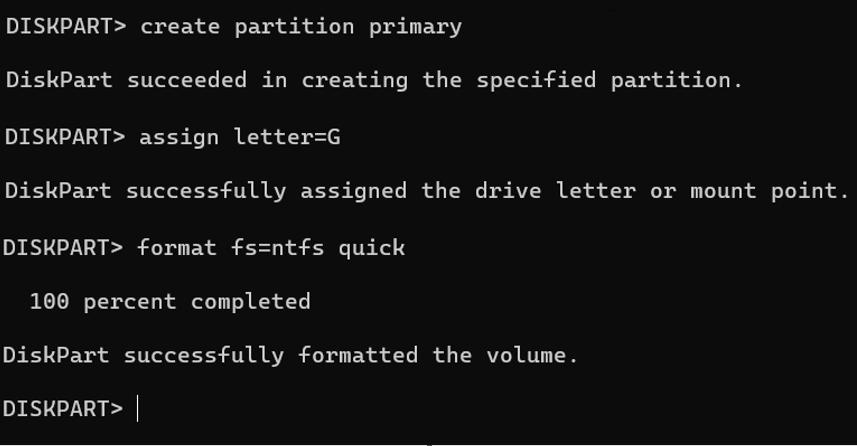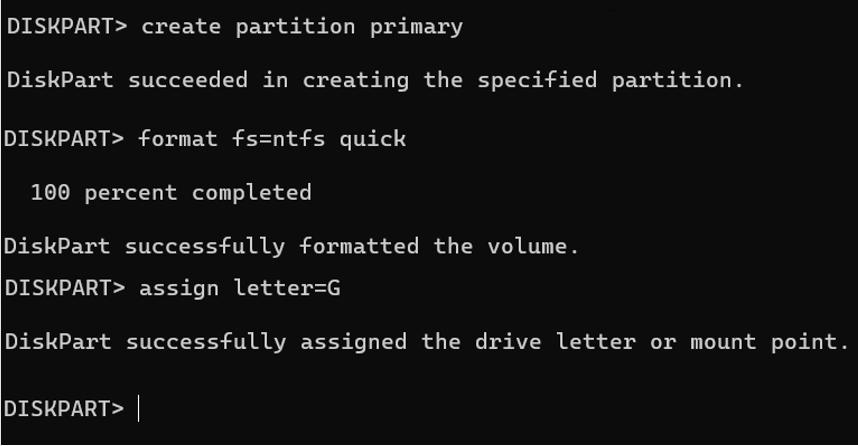Solid State Drives (SSDs) provide faster data access and improved performance compared to hard disk drives (HDDs). Over time, however, SSDs may become fragmented or fill up with junk files and require formatting periodically to regain their former performance. Here's an easy step-by-step guide on how to format an SSD Windows 11 that will ensure its optimal functioning for beginners or advanced users alike. So get going now - these instructions will show how to format an SSD in Windows 11 safely and effectively within five steps!
Part 1.Reasons to Format SSD Windows 11
Part 2.Important Considerations Before Formatting SSD Windows 11
Part 3.How to Format SSD Windows 11
- Option 1: How to Format SSD Windows 11 by Employing PassFab 4EasyPartitionHot
- Option 2: How to Format SSD Windows 11 with Disk Management
- Option 3: How to Format SSD Windows 11 with Storage Settings
- Option 4: How to Format SSD Windows 11 with File Explorer
- Option 5: How to Format SSD Windows 11 with CMD
Part 4. Which Format Method Is Best?
Part 5. FAQs about How to Format SSD Windows 11
- Q1: Should I Format SSD Before Installing Windows 11?
- Q2: How to Partition SSD in Windows 11?
- Q3: How to Format SSD From BIOS?
- Q4: Does Formatting SSD Remove all Data?
- Q5: Does Formatting Leave Any Adverse Effect?
- Q6:How to format existing SSD in Windows 11/10?
Final words
Part 1. Reasons to Format SSD Windows 11
There are many reasons why you should format your SSD in Windows 11.
- Formatting helps restore its performance; over time an SSD may accumulate junk files and fragmented areas which hinder speed performance. By formatting, these issues are resolved, and performance returns back to its previous levels.
- Formatting an SSD may resolve problems caused by corrupted or damaged files causing system errors or crashes.
- It's also important to formant the SSD is you're selling or donating your drive.
Part 2. Important Considerations Before Formatting SSD Windows 11
Before formatting your SSD in Windows 11, there are a few important things you should keep in mind.
- Back up any important files or data before formatting.You can transfer the data to an external hard drive, cloud storage, or another computer to keep it safe.
- Make sure you have the correct tools and software to format your SSD in Windows 11. The built-in Disk Management tool in Windows 11 can handle basic formatting, but for more advanced formatting options, you may need to use third-party software.
- Make sure that your PC or laptop is plugged in to a stable power supply to avoid any data loss or corruption during the formatting process.
- Be patient as formatting takes some time depending on the size and speed of your SSD.
Part 3. How to Format SSD Windows 11
Option 1: How to Format SSD Windows 11 by Employing PassFab 4EasyPartition
-
Open PassFab 4EasyPartition on your Windows 11 PC and select the SSD partition you want to format and press “Format” at the top-right.
-
In the pop-up window, select the file system for your SSD and set a volume label. Then press “OK” to format.
-
Press “Execute 1 Task(s)” at the bottom-right corner to apply changes and format the SSD.


-
Once the process is finished, Press “Done” to end it.
Option 2: How to Format SSD Windows 11 with Disk Management
-
Press the Windows key + X to open the Quick Menu and select "Disk Management."

-
Right-click on the SSD you want to format and select "Format" from the right-click menu.

-
In the pop-up window, select file system that you want to use for your SSD and choose a volume label. Windows 11 supports many file systems such as NTFS, exFAT, and FAT32.

Review everything and hit "OK" to start formatting.

Option 3: How to Format SSD Windows 11 with Storage Settings
-
Press the Win Key + I to open the Settings app. Then, select “System.” And then, “Storage”

-
Scroll down and click on “Advanced Storage Settings” and then Click “Disks & Volumes.”

-
Find the partition of the SSD you want to format and click “Properties”.

Click on the "Format" button.

In the "Format" window, select new file system for your SSD and hit “Start” to start formatting.

Option 4: How to Format SSD Windows 11 with File Explorer
-
Open the File Explorer, right-click on the SSD partition you want to format and select “Format”.

-
In the “Format” pop-up, choose the file system and give a new label for your SSD partition. After that, click “Start”.

-
Once the formatting is complete, click OK and close the formatter.

Option 5: How to Format SSD Windows 11 with CMD
-
To format SSD windows 11 CMD or Terminal, press Win Key + X and select “Terminal (Admin) or Command Prompt (Admin)”

-
In Terminal, type "diskpart" and hit Enter.

-
Type "list disk" and hit Enter to see the list disks on your computer. Identify your SSD in that list. Make sure you choose correctly as formatting wrong disk will cause data loss.

Type "select disk x" (replace "x" with disk number of your SSD) and hit Enter.

Type "clean" and hit Enter to delete all partitions and data from the SSD.

Type "create partition primary" and press Enter to create a new partition on your SSD.

Type "format fs=ntfs quick" and press Enter to format this new partition in the NTFS. Here, you can also replace "ntfs" with "exfat" or "fat32" based on your preference.

Type "assign letter=x" (replace "x" with the drive letter you want to assign to your new SSD partition) and press Enter.

Type "exit" and hit Enter to close DiskPart.
Part 4. Which Format Method Is Best?
Third-party software provides a more straightforward process of formatting and SSD in Windows 11 if you’re comfortable using them. Disk Management, Storage Settings, and File Explorer are built-in Windows 11 utilities and only have basic formatting functions. CMD gives you more control over every step of the formatting process but requires advanced technical knowledge of commands. It is also less user-friendly for some users.
| Comparison | Third Party Tool | Disk Management | CMD | File Explorer | Setting App |
|---|---|---|---|---|---|
| Ease of Use | Very Easy | Easy | Very Difficult | Easy | Easy |
| Formatting Speed | Very Fast | Moderate | Moderate | Moderate | Fast |
| Control over the Process | Complete | Moderate | Complete | Very Less | Very Less |
| Expertise Required | No | Somewhat | Yes | No | No |
Part 5. FAQs about How to Format SSD Windows 11
Q1: Should I Format SSD Before Installing Windows 11?
Windows 11 installer formats the SSD on its own so formatting your SSD before installing Windows 11 is not necessary. But formatting can help you be efficient if you want to wipe clean the SSD before installation. Keep in mind that formatting erases all data so back up any important data on the drive first. Also, make sure you have a Windows 11 installation media ready before formatting. Be cautious as formatting is an irreversible process and can cost you a lot if it goes sideways.
Q2: How to Partition SSD in Windows 11?
You can partition your SSD in Windows 11 by using the Disk Management utility. To do so, right-click the Windows icon on the taskbar and select “Disk Management”. Then, right-click on your SSD and select “Shrink Volume”. After that, set the space you want to allocate to your new partition and click “Shrink”. Once done, Right-click on the unallocated space and select “New Simple Volume”. From there, follow the steps in the “New Simple Volume Wizard” and you’ll be able to set up the new partition. Once everything is in place, click “Finish” to complete the process.
Q3: How to Format SSD From BIOS?
Formatting an SSD is not possible from the BIOS. BIOS is only responsible for initializing hardware components during system startup and does not have any disk formatting features. You need to use an operating system to format an SSD. If you are wondering how to format new SSD Windows 11, you can use one of the methods described above, such as the Disk Management or Command Prompt, to format your SSD.
Q4: Does Formatting SSD Remove all Data?
Yes, formatting an SSD removes all data from the drive. So, it's important to back up your important files before formatting your SSD. Once the formatting process is complete, the SSD will be empty and you will need to reinstall the operating system and all applications.
Q5: Does Formatting Leave Any Adverse Effect?
Formatting an SSD does not have any adverse effects on the drive itself. It will erase all data from the drive though. This includes the operating system and all installed applications so it's important to backup data before formatting. If you’re wondering how to format a hard drive, the steps above apply to hard drives as well.
Q6:How to format existing SSD in Windows 11/10?
Whether you want to format a new SSD or want to format an existing SSD in Windows 11 or 10, there are various methods available. You may use either Disk Management, Storage Settings, or Command Prompt. First, ensure any important data has been backed up, then open one of these utilities, select your SSD drive, and choose "Format." Follow the prompts to complete the formatting process. Afterward, you may reinstall OS and software as needed or restore data from the backup.
Conclusion
All in all, formatting an SSD in Windows 11 is important if you want to give a fresh start to your SSD or set up a new file system. There are many ways to format an SSD. These include Disk Management, Storage Settings, and Command Prompt, as well as third-party disk tools such as PassFab 4EasyPartition.
Also, it's important to back up your data before formatting. Overall, formatting an SSD is a safe way to erase all data and start fresh but it's important to be careful and back up your data before proceeding.
